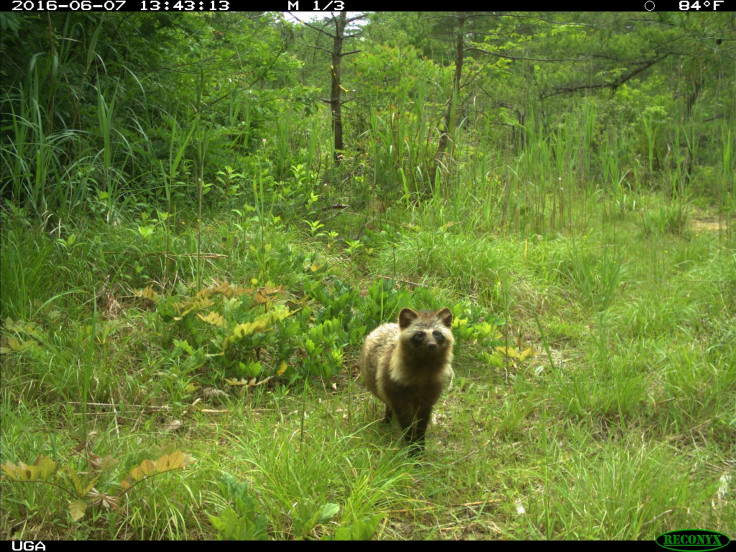Wildlife Thriving In Fukushima Evacuation Zone Despite Contamination
KEY POINTS
- A camera study evaluated the wildlife populations at the Fukushima Evacuation Zone
- Researchers captures over 267,000 images of 20 different species
- The animals are now abundant in the area despite the contamination
- Human presence, habitat type and elevation are the primary factors influenceing the animals' abundance
What has happened to the wildlife around Fukushima Evacuation Zone nearly 10 years after the nuclear accident? A camera study found that the animals are actually thriving, but its not the radiological contamination in the area that is influencing their abundance.
Camera Study In Fukushima
For a camera study now published in the Journal of Frontiers in Ecology and Environment, researchers used 106 cameras spread across three zones in the Fukushima Evacuation Zone: humans excluded due to high levels of contamination, humans restricted due to intermediate contamination, and humans inhabited due to “background” or very low levels of radiation. These are based on designations assigned by the Japanese government itself.
For a period of 120 days, their cameras captured over 267,000 photos of more than 20 species in the areas, from wild boars and Japanese hares to macaques, foxes, raccoon dogs, and pheasants.
“Our results represent the first evidence that numerous species of wildlife are now abundant throughout the Fukushima Evacuation Zone, despite the presence of radiological contamination,” wildlife biologist James Beasley of the University of Georgia said. “This suggests these species have increased in abundance following the evacuation of people.”
Primary Drivers Of Abundance
The researchers also evaluated the impact of variables such as time of activity, type of vegetation and elevation, and found that the animals are sticking with their known activity patterns, with the nocturnal animals being more active at night and the diurnal animals being more active during the daytime.
However, they noted that wild boars, which are often in conflict with humans, were more active during the day in uninhabited than the human-inhabited areas. Specifically, over the 120 days, the researchers captured over 46,000 wild boar images, 26,000 of which were from the uninhabited area, 13,000 from the restricted area, and 7,000 in the inhabited area.
This suggests that animals also tend to modify their behaviors depending on the amount of human presence.
“Based on these analyses, our results show that level of human activity, elevation, and habitat type were the primary factors influencing the abundance of the species evaluated, rather than radiation levels," Beasley said.
That said, it is worth noting the one exception to the animals’ pattern. The Japanese serow, which is also quite distant to humans, were most frequently seen in human-inhabited areas. According to the researchers, this might be in response to the rapidly growing wild boar population in the human evacuated zone.
Wildlife Populations At Contaminated Zones
While previous studies have looked into the health impacts of radiation on individual animals, the researchers note that their study is not an assessment of the animals’ health in response to the radiation. Rather, their study provides insight on radiological impacts on wildlife populations.
Beasley also conducted a similar study in Chernobyl in 2016 and garnered similar results.

© Copyright IBTimes 2024. All rights reserved.






















